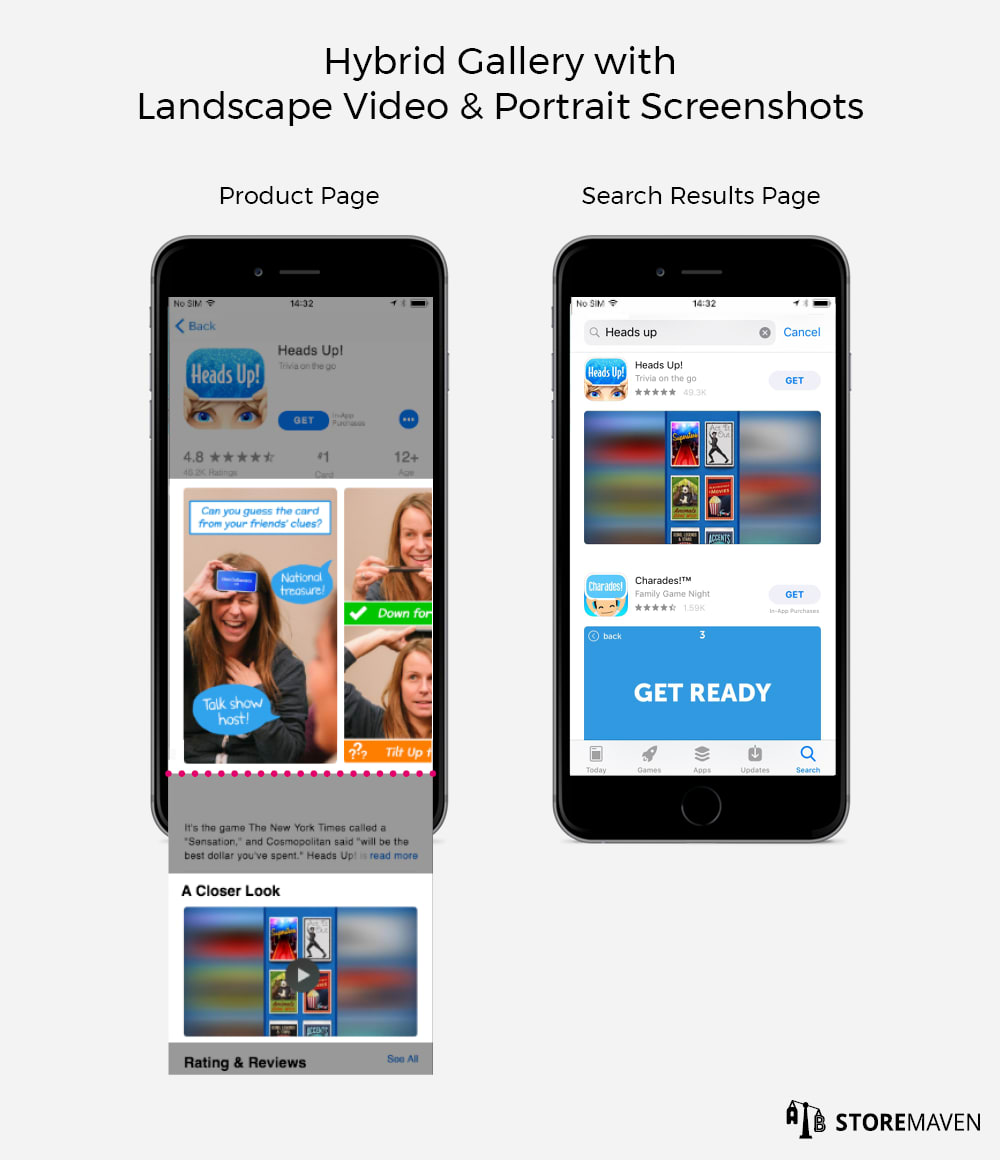
The taller, thinner format helps the person pictured to engage with the viewer. In portraits there is often no movement or implied movement. The landscape view provides space to move into. We would normally give a wide orientation to something that is moving. The portrait format is ready made for capturing the upright nature of the natural portrait. It is important to make page orientation comfortable for the eye. Portraiture can easily be done in landscape format but has an odd feel. Consider every one as carefully, or more carefully, than your normal landscape shots. You just have to practice the framing.Įxercise: Go out for a day.

The same framing opportunities arise in portrait as do in landscape. Page orientation drives the framing decision. If you take the shot in portrait from the start it lets you get close to the shot and fill the frame. This is wasting a compositional opportunity and image space. Despite how natural it is, many people take the picture in landscape, then crop the shot afterwards. If your subject is long and upright then it is pretty natural to take it in an upright framing. So here are a few ideas to keep you thinking… Subject orientation So what makes you turn your camera sideways and change the page orientation to take a portrait shot? There could be a number of good reasons. It is a natural position since the shutter release is in a naturally comfortable position. It is probably true to say that the starter SLR- photog generally uses landscape orientation. When taking a picture the photographer needs to consider orientation as part of the composition decision. Normally the aspect ratio is considered only for landscape view – a ratio is not given for portrait view. The current norm is for SLR video formats to be the same 4:3 of the still images. Wider screens on televisions in recent years has introduced a new format of 16:9 although this is not seen as a common format for still photographs. This means four units along the long axis. In most SLR formats the aspect ratio is 4 to 3 (or 4:3 as it is written). In most cases we also consider the aspect ratio.

The use of the term ‘page orientation’ refers to either horizontal (landscape) or upright (portrait). The picture above is in the portrait view – the longest side is upright. Landscape orientation is where a page or picture has the longest side on the horizontal. but there are other reasons to pick a particular format There are a many reasons to choose portrait view However, they are both crucial when one wants to decide what is important for their documents, paintings, or photos.Sometimes page orientation is dictated by subject. Even though they are intertwined, they are different from each other in terms of size and shape and where they are applied.

In notices that need to be rectangular.Other areas where a landscape portrait is required: For example, when a photo is taken with a camera held straight up, it gets captured in landscape mode. When it comes to sizing, a landscaped page, image, or painting is taller in height but narrower in width. To help most folks who are confused on which one they should refer to as portrait and which one to call landscape, here are the major differences between the two concepts.Ī landscape orientation means a horizontal display. They both refer to two different shapes and versions of a printout, image, or page, be it a hard or soft copy. Landscape and portrait are antonyms used in computing, printing, painting, and photography fields to refer to page orientations.


 0 kommentar(er)
0 kommentar(er)
